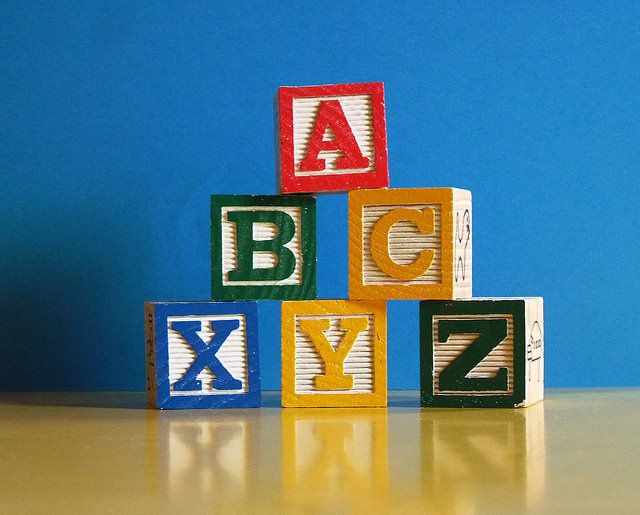The Imitation Game: Kids Become Flexible Learners By Watching Others, Study Says

As adults, we all get to know the old saying, “Imitation is the sincerest form of flattery.” We learn to imitate, and sometimes innovate, depending on the goal or the reason for the action. But how early do we start determining when it’s better to imitate or take it a step further with our own creativity? Psychologists from the University of Texas at Austin decided to find out.
"There's nothing children are more interested in than other people," said UT Austin psychologist Cristine Legare in a press release. "Acquiring the skills and practices of their social groups is the fundamental task of childhood."
Children learn to function within their social groups by acquiring technical skills with instrumental goals, like using a knife and fork to cut food, and through social conventions that allow for social conformity, like shaking hands. Legare and her team found that children can tell the difference between technical skills and social conventions and adapt their behavior accordingly.
"The more carefully you imitate a social convention, the better, more reliable group member you are. Tasks with instrumental goals allow for more innovation," Legare said. "Young children adjust how carefully they imitate and when they innovate, depending on the perceived goal of the behavior or reason for action."
Legare and her team took kids aged 4 to 6, and had them watch one of two videos. The videos demonstrated conventional and instrumental uses of basic geometric shapes and a box. Both videos had the researcher perform a pattern of intentional tasks with the objects.
For the first video, some children saw a researcher perform conventional tasks with the objects, with the start and end state of the objects being the same. For the second video, some children saw a researcher perform instrumental tasks with the objects, using the final object in the pattern to open the box and place the object inside.
Afterward, the two groups of children were given the same objects they’d just seen the researchers use in the video. The children who saw the conventional task video imitated the task with a higher fidelity, while the children who watched the instrumental video used the objects much more creatively.
"We are socially oriented in ways that other species are not, and we are very well equipped to acquire and adapt to the culture and skills of previous generations," Legare said. "The core insight here is that children adapt their imitative and innovative behavior to different goals, even at very young ages, demonstrating that humans as a species are flexible, social learners. Our research demonstrates that the early-developing distinction between instrumental and conventional behavior is fundamental to cultural learning in our species."
Source: Legare, C. Wen, N. Herrmann, P. Whitehouse, H. Imitative flexibility and the development of cultural learning. Cognition. 2015.
Published by Medicaldaily.com



























